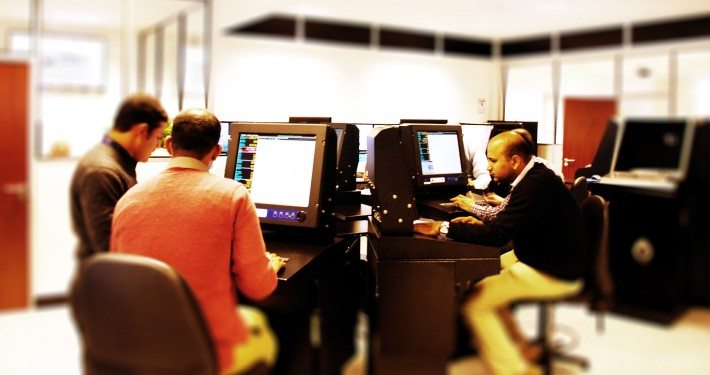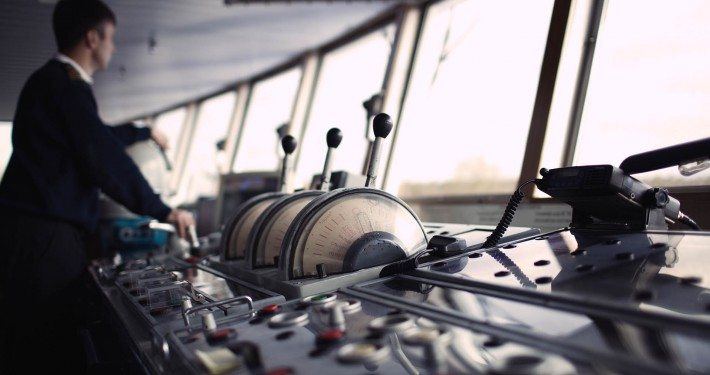Realtime bridge training is one of the new buzzwords in the maritime industry, but how much do we know about it, and is it going to change anything?
The benefits of “standard” bridge training, such as Bridge Team Management and Bridge Resource Management, have long been see in the industry as essential for the safety and efficiency of shipping crews. The idea being that when you put crew in “real life” high pressure situations, they can be witnessed reacting as they would do on their own bridge. This enables shipping managers and their superiors to learn from past mistakes and pre-empt any future issues with their bridge team dynamic.
Recently however, the concept of “realtime bridge training” has started to surface with the primary aim of completing a full ‘run’ in any number of global ports with crew entering and leaving the bridge as they would do onboard over several hours (up to 12 in some cases!) from start to finish. This has added a further dimension to bridge training by naturally incorporating fatigue and the handover as well as many of the day to day issues faced by crew on our ships.
The initial impetus for this change in training was the idea that crews on static LNG ships may work there for several years and so don’t have the benefits of frequent navigation. This in turn can lead to complacency and indeed a loss of knowledge. Real time bridge training enables the crew to refresh this knowledge with no risk to anyone.
Feedback has been quite positive from crew who have completed the training:
“[The training college] carried out various scenarios where we experienced fire, loss of GPS, radars and various other equipment! For me the course was extremely valuable since [it] has been a while since I sailed!”
In conclusion, we may be seeing the dawn of a new generation of bridge training.






